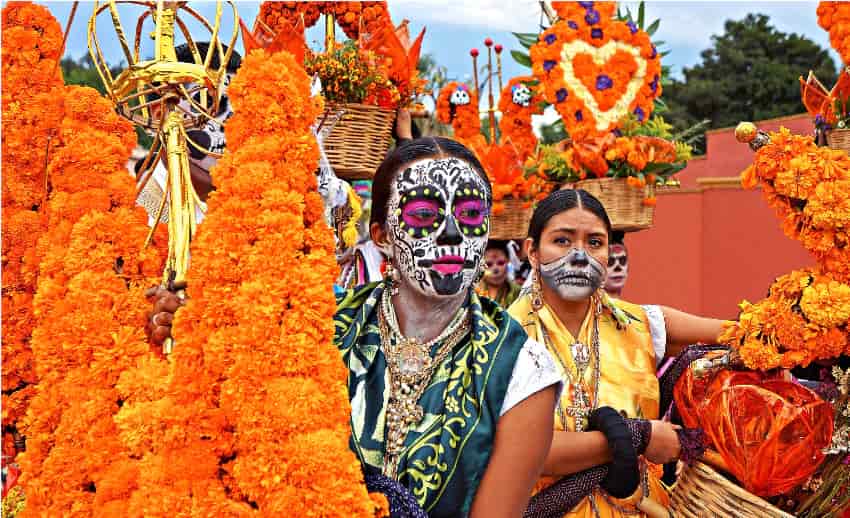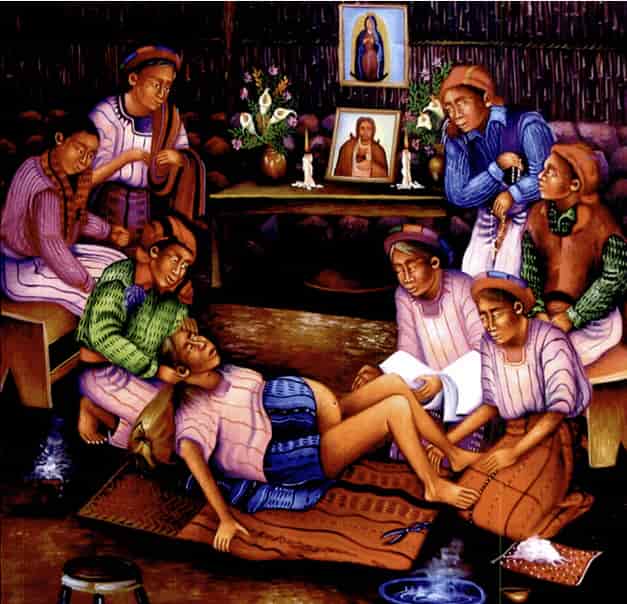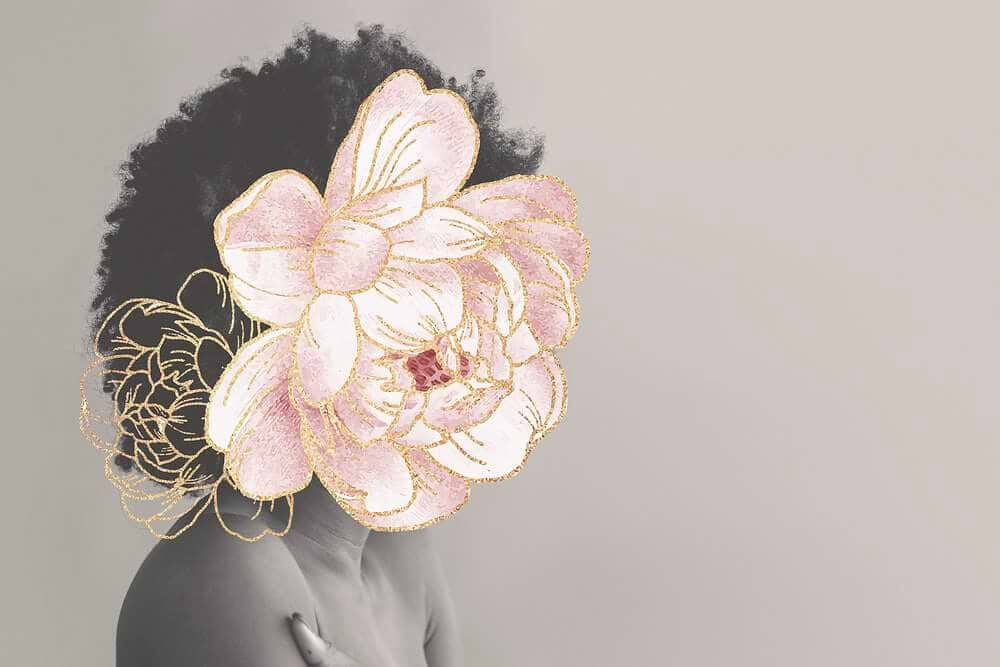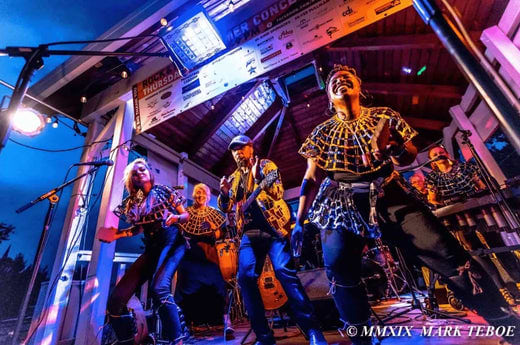What is it about the season change, crisp gold leaves, pumpkin spice, or cooler weather that rattles our curiosities about nature? In Herbalism, Autumn teaches us to slow down from busy harvest days and embrace earlier sunsets and cooler mornings amongst shriveling flowers. Most of all, fall brings us an abundance of medicinal plants, corn, pumpkins, and an appreciation of who worked with these plants in the past. Herbal folklore has taught us how to store herbs for the winter, who worked with medicinal plants, and how they prepared herbal remedies.
What is Herbal Folklore?
Folklore is the traditional customs and beliefs passed through generations by word of mouth or literature. In herbalism, traditional use of plant knowledge has been passed on through kitchens, gardens, midwives and indigenous people’s cultures. Herbal folklore outlines medicinal plant’s historic uses, but most importantly, it describes the people who first practiced herbalism
There are countless examples of herbal folklore that span various cultures across history and the globe. It’s no coincidence we find Yarrow growing near historic battlegrounds because many historic figures carried Yarrow leaves in their medicine pouch. Folklore has it that Achilles, the Greek Warrior, applied fresh Yarrow leaves onto battle wounds by vigorously rubbing the leaves in his hands then applying this quick poultice to the wound, hence Yarrow being named after the warrior, Achillea. Its last name is millefolium, which translates to "a million leaves" because its leaves are made up of millions of tiny, soft, green leaves.
Another example of herbal folklore is the history of pumpkin use. In addition to our beloved Halloween holiday, pumpkins represent American’s gateway into Autumn festivities. Their presence in folklore can be traced back to people’s doorsteps to lure trick o’ treaters, or use in garden competitions, and even symbolizing the fight to abolish slavery in America during the 1800s. In 1865, pumpkins were crafted into pumpkin pie to symbolize our nation’s unity after abolishing slavery. They then went on to become a traditional dessert each Thanksgiving.
Native Americans have a strong history in herbal folklore. Zea mays or Corn was sacred for many Native Americans and often used for medicinal purposes. The Navajo people used all parts of Zea mays. They prepare ceremonial medicine poultice from the leaves for night chant medicine (Moerman). The corn leaves were mixed with tobacco and used for religious traditions by preparing a poultice and singing in ceremony during winter months for good health. The Mohegan people, another Native American tribe, prepared a decoction or strong tea with corn cobs for supporting healthy skin.
Lastly, deeply rooted in Mexican tradition, vibrant Marigolds are sacred symbols during Día De Los Muertos. Calendula officinalis belongs to the marigold family and can easily be spotted in place of the traditional marigold. Both flowers have vibrant orange, yellow colors and are believed to guide deceased loved ones to altars or festivities to honor their lives.

What is Ethnobotany?
It’s important to note the difference between folklore and ethnobotany. Ethnobotany is the comprehensive account of people using plants for medicinal purposes in their native region. Folklore speaks to the practice of people using plants for medicinal plants by way of culture tradition, using practices passed down to them.
A profound example of ethnobotany can be found with enslaved African and Native Americans. Gossypium hirsutum, commonly known as Cotton Root Bark, empowered enslaved African & Native American women to provide themselves reproductive health care and address pregnancy-related issues in a time when no healthcare was available to them. Cotton root was used by chewing on the fresh bark, and the root and seeds were made into a strong decoction consumed in times of need. (L. Culpepper). The very plant these women were forced to grow was the same plant giving them necessary herbal medicinal care to protect themselves from the results of sexual injustices.
Herbal folklore serves as a founding pillar of Herbalism. We grasp our plant traditions tightly in autumn and craft our winter remedies with freshly harvested roots because our ancestors taught us so. As these folklore traditions continue, they partner with ethnobotany to move plant medicine forward, securing its rightful place within modern integrative healthcare.
References
- Moerman E., Daniel, Native American Ethnobotany. 1998 timber Press, Page 610)
- L. Culpepper. Gossypium spp. (Cotton Root Bark): A symbol of resistance, Vol.15, Number 2. PG 49-52).
Lauren Ann Nichols-Sheffler attended The Colorado School of Clinical Herbalism and received her certificate in medical herbalism. She is the owner of Blue Yarrow Herbs aka Herbal Vice, an herbal product company practicing bioregional herbalism by cultivating plants and sourcing locally. Lauren loves educating and advocating for plant sustainability. She is the sourcing and Purchasing manager for WishGarden Herbs.
For educational purposes only. This information has not been evaluated by the Food and Drug Administration. This information is not intended to diagnose, treat, cure, or prevent any disease, or sell any product.
Recommended Products
Further Reading













